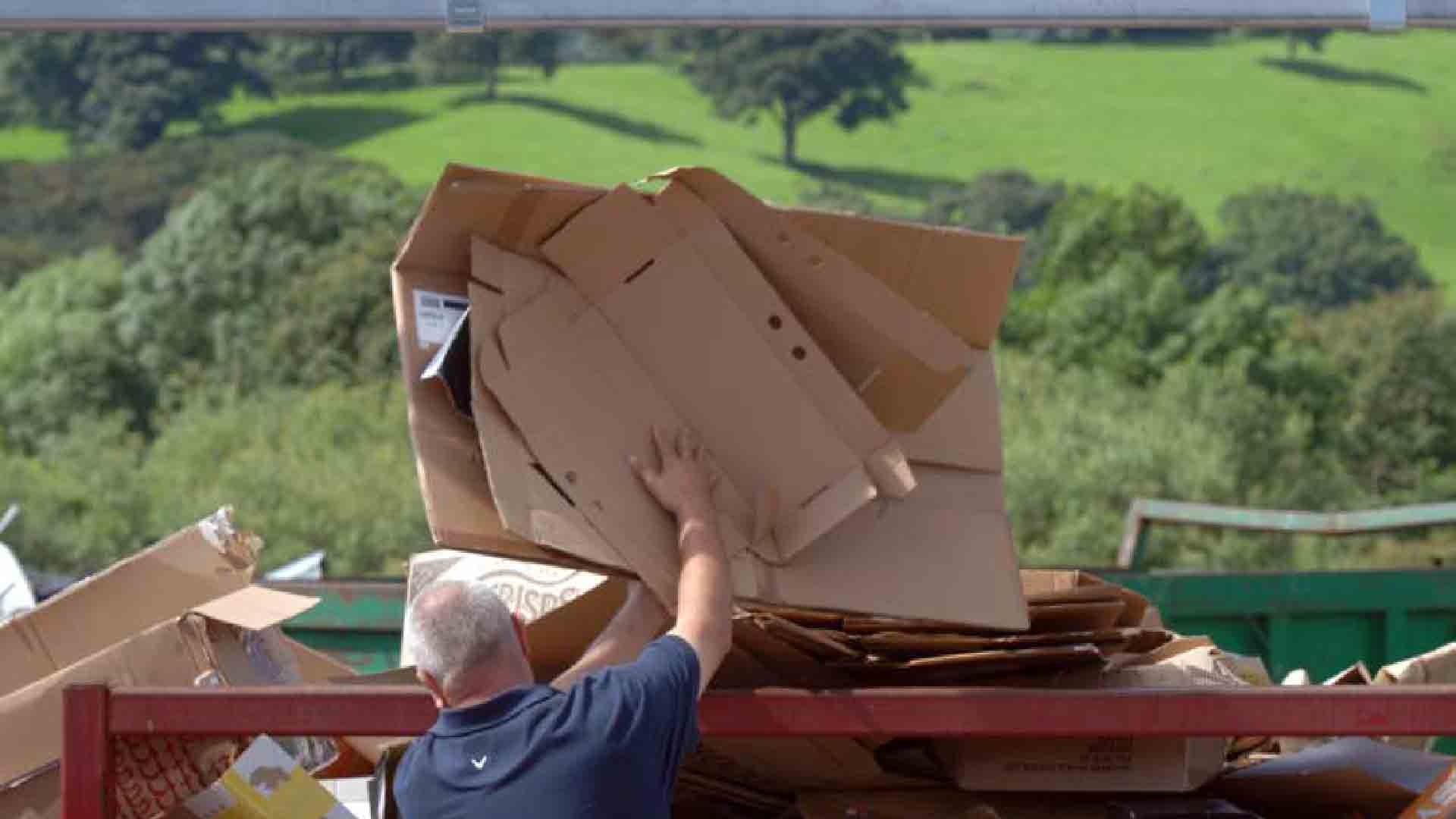
Introduction of New Materials to Kerbside Waste Collections report
As part of our ongoing work in supporting the Circular Economy & Waste Route Map, these new reports explore the feasibility of introducing kerbside collections for flexible plastics, textiles, small WEEE (Waste Electrical and Electronic Equipment), and household batteries across Scotland.
Throughout two phases of research, conducted by Eunomia, Introduction of New Materials to Kerbside Waste Collections models five collection options and evaluates their potential impact on material capture, carbon savings, operational feasibility, and cost.
Key takeaways include:
- Up to 6,639 tonnes of flexible plastics could be collected annually, with carbon savings of 13,380 tonnes CO₂e. Loose collection with existing recycling services offers the best cost and carbon performance, saving around £700k per year.
- Combined collections of textiles, small WEEE, and batteries could divert 1,126 tonnes of waste annually, with carbon savings of 8,528 tonnes CO₂e. The most cost-effective option uses existing vehicles fitted with cages, though not all fleets are compatible.
- Booked services yield significantly less material and carbon benefit, reinforcing the importance of convenience in service design.
‘Introduction of New Materials to Kerbside Waste Collections’ highlights operational challenges, such as vehicle compatibility, communal property access, and the need for high-quality textile capture. It also underscores the limited UK infrastructure for sorting flexible plastics, which poses a risk to large-scale rollout.
This important research will help inform pilots planned for 2025/26, focusing on textiles, batteries and small WEEE, to test service design, communications, and operational delivery in real-world conditions.
